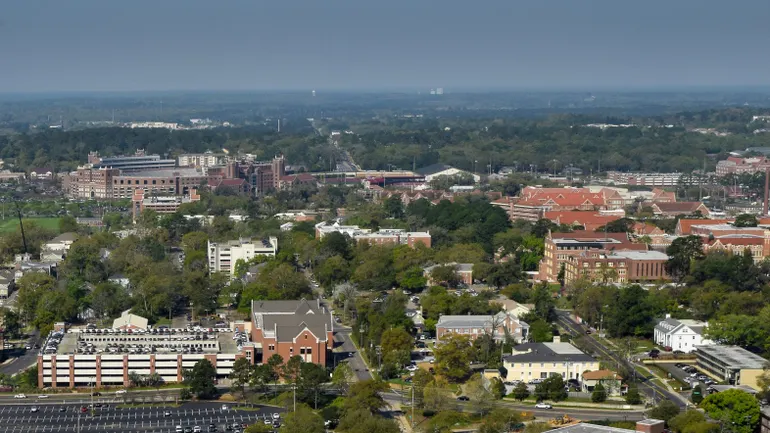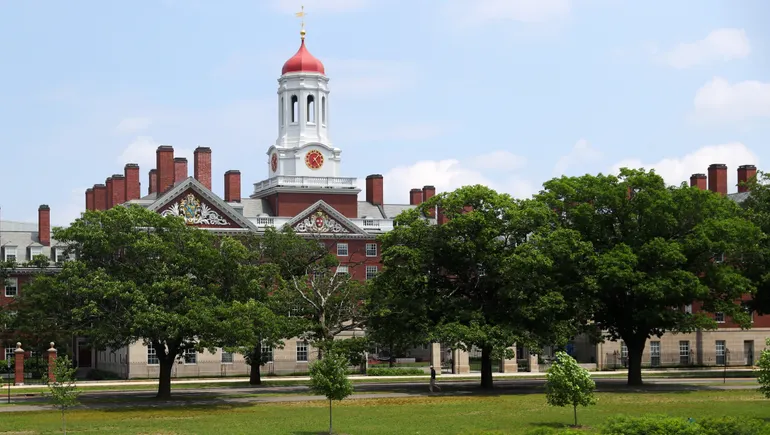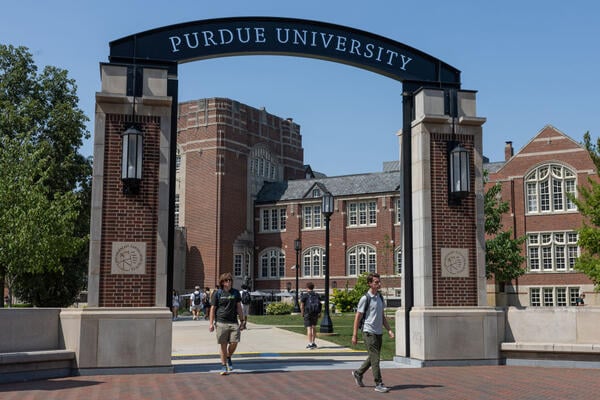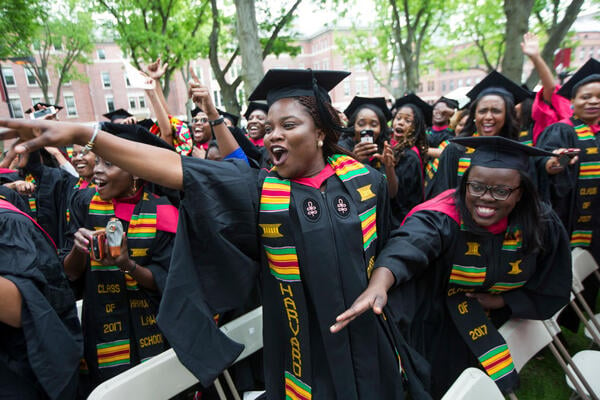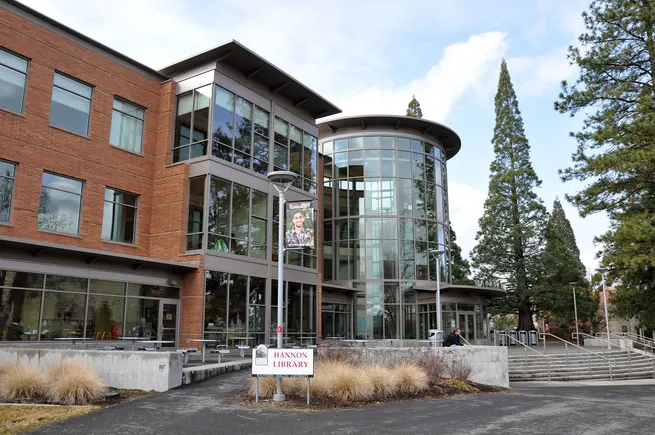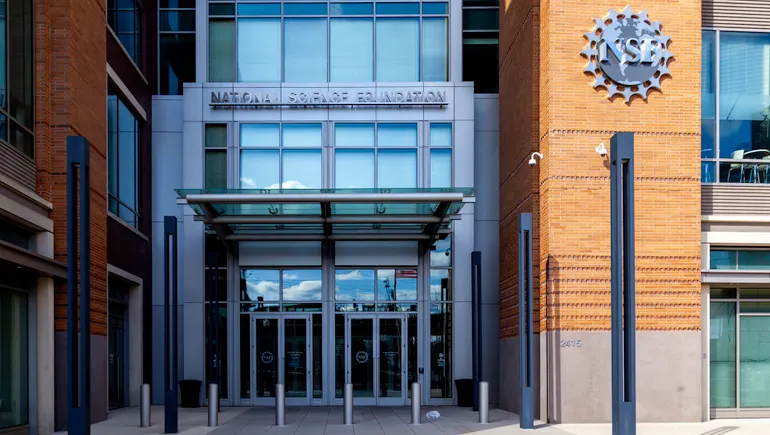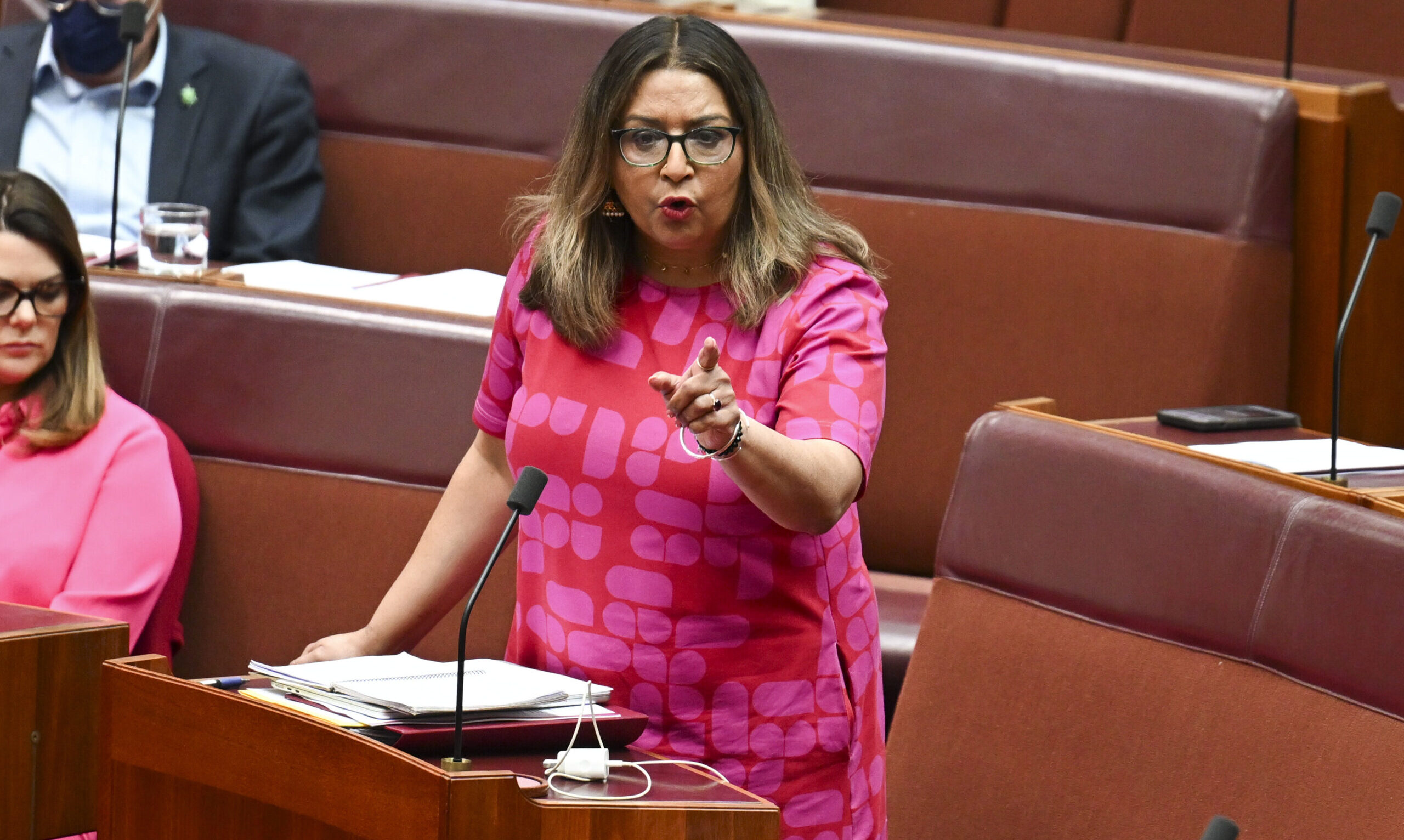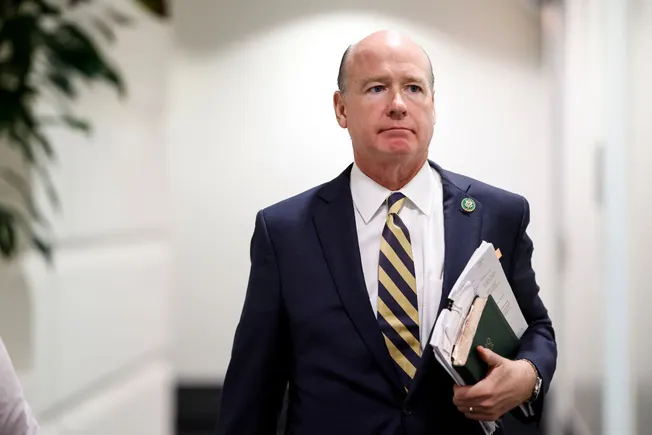Two years after the Supreme Court banned the use of race in college admissions decisions and in the wake of the Trump administration’s attacks on diversity, equity and inclusion, colleges’ use of diversity- and identity-related supplemental essay prompts is patchy.
After a boom in prompts about applicant’s identities, several universities have scrapped the essays entirely for the 2025–2026 admission cycle. Still others, especially selective universities, have kept the prompts, saying they are the best way to get to know their applicants.
Kelsea Conlin, who oversees the college essay counseling team for College Transitions, an admissions consulting firm, identified 19 colleges with optional or required diversity essays last admission cycle that either had dropped or reworded those prompts this year.
“I’ve seen very few colleges that still require students to write about diversity; the prompt may still be on their application and students have the opportunity to write about it, but it’s an optional essay,” she said.
Diversity-related essays often ask students to describe how they’ve been shaped by their community, culture or background, sometimes prompting them to describe how those identities will bring something new to a campus. Others ask students to discuss or reflect on issues like diversity, social justice or antiracism more broadly.
In the majority opinion in Students for Fair Admissions v. Harvard, Chief Justice John Roberts said it was acceptable for students to continue discussing race in their essays: “Nothing in this opinion should be construed as prohibiting universities from considering an applicant’s discussion of how race affected his or her life, be it through discrimination, inspiration, or otherwise.”
The following application cycle, several colleges introduced diversity-related essay prompts to their applications, according to research by Sonja Starr, a law professor at the University of Chicago; Conlin also said she observed a surge in these essays in the 2023–2024 application cycle.
But this year, the Department of Justice issued guidance warning institutions against using “proxies” for race in admissions and hiring, and described requirements for applicants to “describe ‘obstacles they have overcome’ or submit a ‘diversity statement’ in a manner that advantages those who discuss experiences intrinsically tied to protected characteristics” as examples.
“The administration basically says, … ‘if you are letting the desire for a diverse campus influence your policies in any way, that is just as unconstitutional as taking the individual applicant’s race into account,’” Starr said. “I think that’s a wrong reading of the law.”
Still, she said she’s not surprised institutions may be wary of maintaining essay questions overtly related to identity, considering the harsh actions the administration has taken against colleges it disagrees with.
“There’s all kinds of ways the federal government can really make it difficult for universities,” she said, pointing out the slew of funding the administration has cut or frozen over the past ten months. “[Some institutions], I think, are just trying to at least stay out of the administration’s way.”
Simplifying the Process
Several institutions told Inside Higher Ed that they cycle out their essay prompts regularly, so the change from last year’s diversity question was par for the course. Others said they eliminated their supplemental essay requirements altogether, in an effort to make the application process less strenuous.
The University of Washington, which removed a supplemental essay asking prospective students to describe how their background and the communities they are involved in would contribute to the campus’s diversity, told Inside Higher Ed in an email that they hope the removal of the essay will make the admissions process less strenuous for applicants.
“During the annual review of our application process, we determined that an additional essay did not provide sufficient value when reviewing students for admission. We discovered that some applicants, like those interested in our honors program, were previously seeing up to four essay prompts. This change simplifies the process for all our applicants,” wrote David Rey, associate director of strategic communications.
A University of Virginia spokesperson gave a similar statement to the campus student newspaper, The Cavalier Daily, about its decision to remove a diversity essay prompt introduced in the 2025–2026 application cycle, saying that its removal aimed to “lighten the load and reduce stress and anxiety around the college application process.” UVA did not respond to Inside Higher Ed‘s request for comment.
Does that mean supplemental essays are falling out of vogue? Not necessarily, Conlin said; a significant number of selective universities still require them, and the students she works with are generally writing just as many supplemental essays as they have in previous years.
Despite some institutions opting to change or remove their diversity prompts, though, Ethan Sawyer, the founder of the admissions consulting firm College Essay Guy, said that a review of 300 institutions’ prompts for the 2025–2026 admission season showed that questions about what a student’s identity will bring to the institution are the most popular for the second year in a row.
He said in an email to Inside Higher Ed that these prompts have proven to be particularly effective at providing colleges with the key information they’re looking for out of an admissions essay. The identity prompt acts as the new “Why Us” essay, but avoids the pitfall of students focusing exclusively on the college’s attributes rather than their own.
“It lets colleges learn what they’ve always wanted to know—how will this student engage with our community? What qualities will they bring?—but through a framing that encourages students to reflect on who they are (as opposed to how awesome the college is). In other words, colleges are still trying to understand fit; they’re just using a lens that better centers the student,” he said.
Students Still Write About Race
While some colleges may be scrapping diversity prompts, many students want to write about their identities, Conlin and Sawyer said.
“They don’t see themselves through just one lens. No student wants to be reduced to a single label or experience. They understand they’re complex people shaped by many different identities, roles, and life moments,” Sawyer wrote. “Part of our job as counselors is to help them express that complexity—to choose which pieces of their story to spotlight in each essay, and to show how those pieces translate into contributions they’ll make on a college campus.”
Many of the new or reworded essay prompts that have replaced diversity-related questions are broad enough that students can still talk about their identities and experience if they choose to, Conlin noted. In her experience, students are often interested in discussing their race or first-generation student status in essays. But students are more reluctant to write about being LGBTQ+ or having mental health struggles.
Diversity essays aside, Conlin also noted two burgeoning categories of essay topics this year: prompts asking students to talk about how they handle conflict and prompts offering students the chance to explain their relationship with AI.


